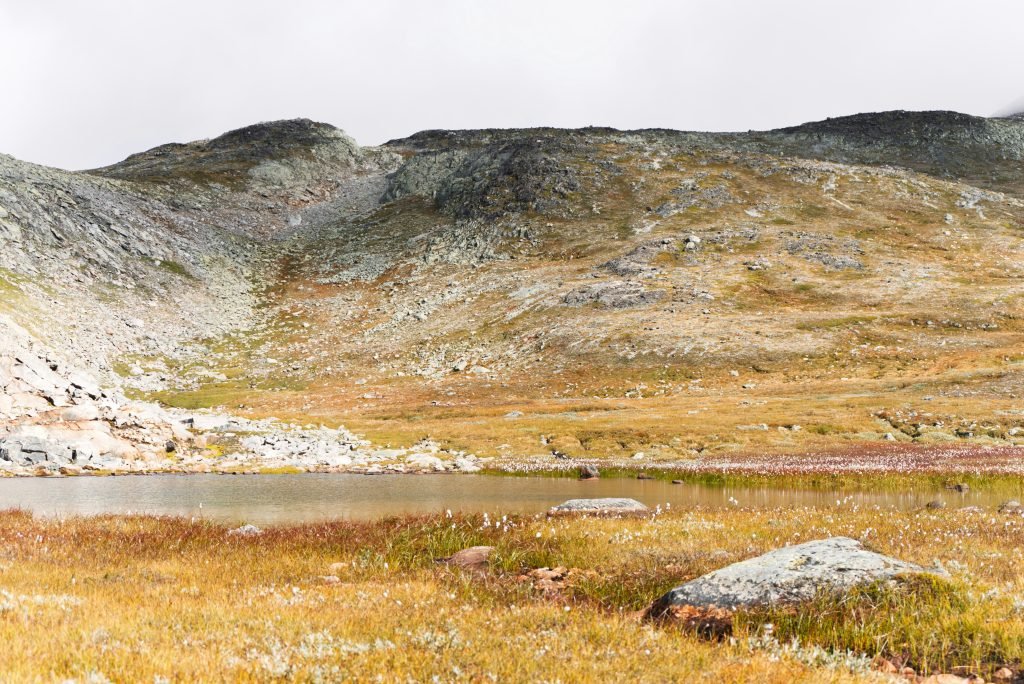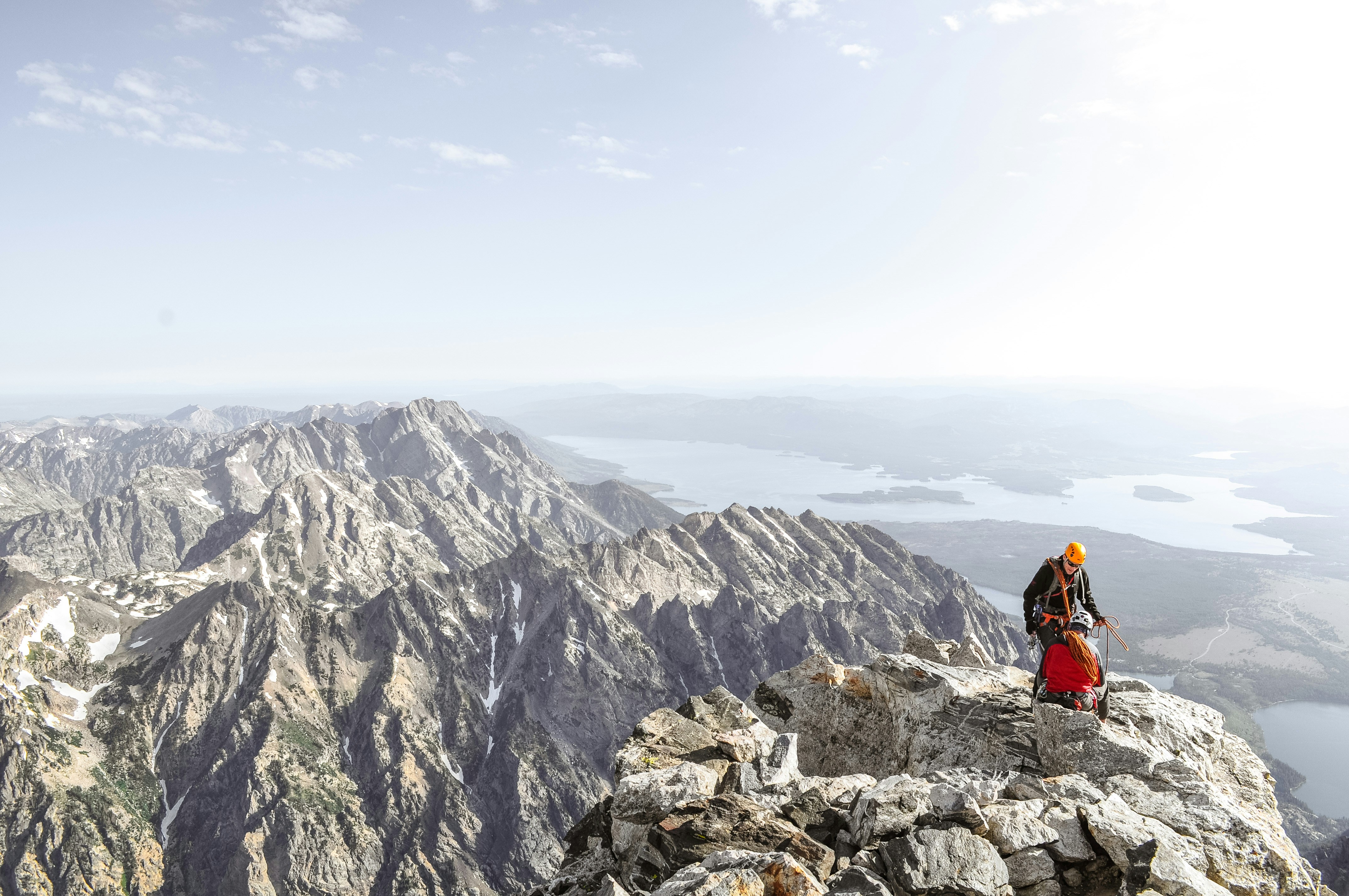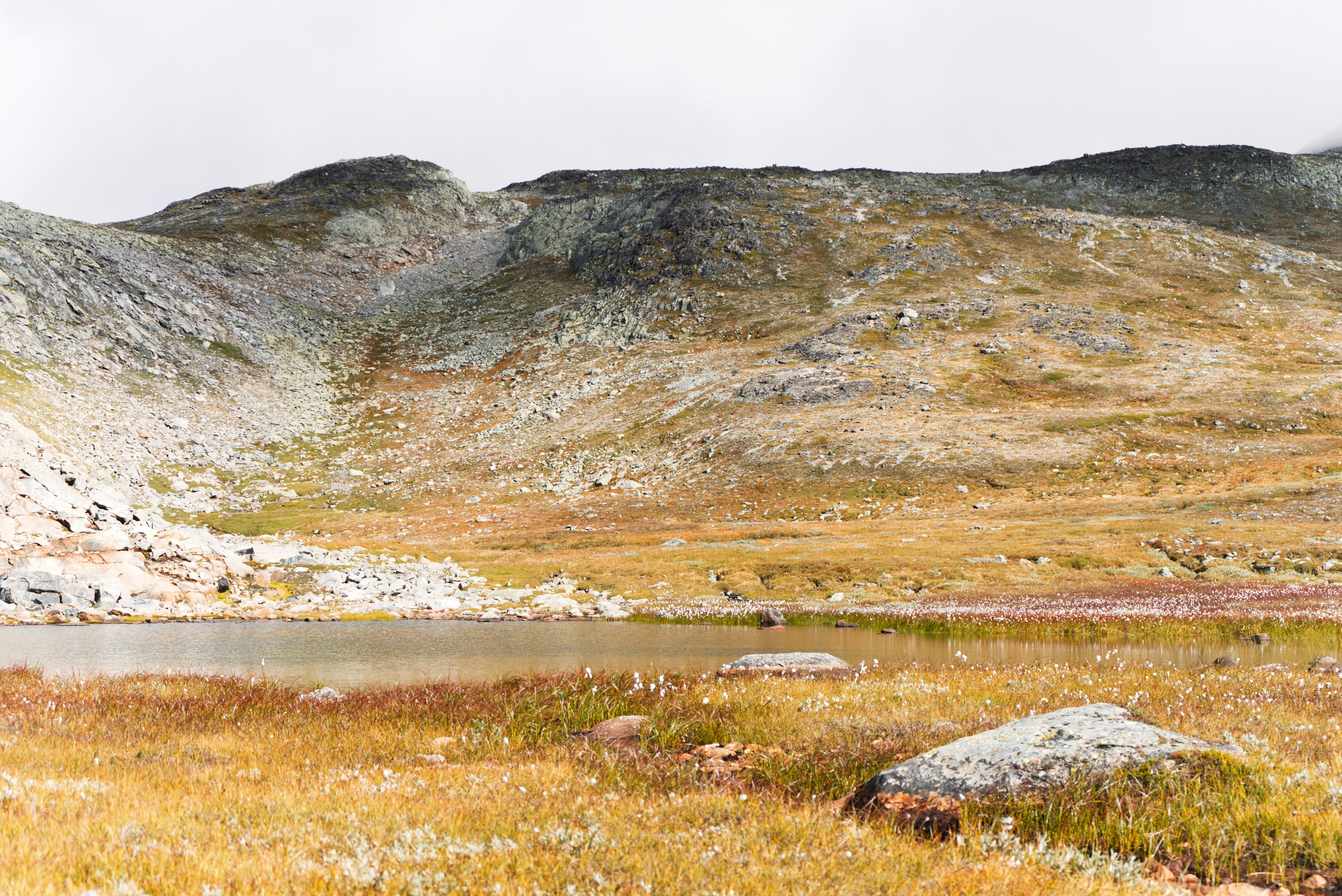What items do you think are essential for a successful day hike? Whether you’re a seasoned hiker or just planning your first outdoor adventure, having the right gear can make all the difference in ensuring a safe and enjoyable experience. Let’s break down the essential items that should be on your checklist for a day hike.
The Importance of Planning
Before you even step out the door, it’s crucial to plan your hike. Having a clear idea of the trail you’ll be taking, the weather conditions, and the time it takes to complete the hike will help you pack efficiently. Proper planning helps avoid potential mishaps, making your hike as enjoyable as possible.
Know Your Trail
Research your chosen trail. Look for information regarding its length, difficulty level, and any notable landmarks. Understanding the terrain can help you prepare adequately so that you’re not caught off guard when the hike begins.
Check the Weather
Knowing what the weather will be like on the day of your hike is essential. Pack accordingly! If it’s going to be hot and sunny, you’ll need different gear compared to a rainy or chilly day.
Essential Clothing
Your clothing choice can significantly impact your comfort level during a hike. The right outfit will keep you warm, dry, or cool depending on the weather conditions.
Moisture-Wicking Base Layers
Opt for moisture-wicking fabrics to keep sweat away from your skin. This helps regulate your body temperature and keeps you comfortable throughout the hike.
Insulating Layers
If you’re hiking in cooler weather, layering is key. Consider lightweight fleece or down jackets that can keep you warm without adding too much bulk.
Weather-Resistant Outer Layer
Weather can change quickly in the great outdoors. A good waterproof jacket can shield you from rain and wind, making it a must-have for any hike. Look for breathable materials to ensure proper ventilation.
Footwear
Comfortable footwear is essential for a day hike. You’ll want shoes that provide good support and grip. Here are a few options:
| Type of Footwear | Description |
|---|---|
| Hiking Boots | Ideal for rugged terrain and ankle support. |
| Trail Runners | Lightweight and suitable for flat to moderate trails. |
| Walking Shoes | Best for well-maintained paths and easier hikes. |
This image is property of images.unsplash.com.
Necessary Gear
In addition to appropriate clothing, there are several pieces of gear that you simply can’t afford to leave behind.
Daypack
A good daypack should be lightweight and comfortable. It needs to have enough capacity to accommodate all your gear without being cumbersome.
Navigation Tools
Even if you feel confident in your route, having navigation tools is crucial:
- Map and Compass: These traditional tools never run out of battery and can be invaluable if you lose your way.
- GPS Device/Smartphone: Many apps can aid in navigation, though you should have a backup if you find yourself in an area with poor signal.
Hydration System
Staying hydrated is essential! Depending on the length of your hike, you can choose from:
- Hydration Packs: Convenient and allows for quick sips on the go.
- Water Bottles: Simple, yet effective. Aim for at least two liters during your hike.
Snacks
Packing enough snacks can make or break your experience. Look for lightweight, high-energy options that will keep you fueled. Popular choices include:
- Trail mix
- Energy bars
- Fresh fruit like apples or bananas
Safety Gear
Being prepared means thinking about safety. Here’s what you should carry to ensure you’re protected:
First Aid Kit
A compact first aid kit is vital for treating minor injuries. Stock it with band-aids, antiseptic wipes, pain relievers, and any personal medications you may need.
Emergency Whistle
An emergency whistle can be crucial if you get lost or need help. It can be heard from a much greater distance than shouting, making it an essential piece of gear.
Multi-Tool or Knife
A multi-tool can serve many purposes, from food preparation to repairs. It’s handy to have this versatile item in your pack.
Flashlight or Headlamp
Even if you’re planning to finish your hike before dark, it’s wise to bring a flashlight or headlamp. You never know when you might need it, especially if your hike takes longer than expected.
This image is property of images.unsplash.com.
Sun Protection
Protecting your skin from the sun is crucial, even on cloudy days. Here’s what to include in your sun protection stash:
Sunscreen
Choose a high-SPF sunscreen for full protection. Make sure it’s water-resistant, especially if you’ll sweat or encounter moisture.
Sunglasses
A pair of UV-blocking sunglasses will keep your eyes safe from harmful rays. Look for sunglasses with polarized lenses for additional protection.
Hat
A wide-brimmed hat can shield your face and neck from direct sunlight. This is especially useful if you’ll be hiking in an exposed area.
Additional Comfort Items
Comfort can greatly enhance your hiking experience. Here are a few additional items to consider bringing along:
Trekking Poles
Trekking poles can provide stability, especially on uneven terrain. They help distribute your weight and reduce the strain on your knees.
Lightweight Blanket or Sit Pad
When you take breaks, having something soft to sit on can make a big difference. A lightweight blanket also works well for impromptu picnics.
Insect Repellent
If you’re hiking in an area with mosquitoes or ticks, insect repellent can provide peace of mind. Look for products with DEET or natural alternatives.
This image is property of images.unsplash.com.
Hydration Methods
Understanding how to stay hydrated effectively is a vital part of preparation.
Water Filters or Purification Tablets
If there’s a chance you’ll need to refill your water supply from a natural source, consider carrying water filters or purification tablets to make the water safe to drink.
Reusable Water Bottles
Investing in insulated water bottles can keep your drinks cold for hours, making hydration a little more refreshing.
What to Leave Behind
Packing light can make a considerable difference in your hiking experience. Consider leaving behind:
Unnecessary Electronics
While it’s great to have your phone for navigation or photography, leave behind any electronics that could add unnecessary weight. If possible, leave your tablet or laptop at home.
Heavy Clothing Items
Avoid overpacking heavy clothing. Stick to versatile layers that can be added or removed as needed.
Excess Food
While it’s vital to keep your energy up, packing too many snacks can weigh you down. Stick to a few high-energy options and avoid excessive treats.
Final Tips for a Successful Day Hike
As you prepare to set out on your adventure, here are some additional tips to keep in mind:
Leave No Trace
Always practice Leave No Trace principles—pack out what you pack in, stay on marked trails, and respect the environment around you.
Know Your Limits
It’s crucial to be aware of your physical limitations. If you’re feeling tired, don’t push through. A hike should be enjoyable, so listen to your body.
Hike with a Buddy
Hiking with a friend is not only safer but often more enjoyable. Plus, it can hold you accountable and provides shared experiences to cherish.
Enjoy the Journey
Remember, hiking is not just about the destination; it’s about the journey. Take time to savor the views, appreciate the serenity of nature, and create wonderful memories.
Preparing for a day hike might seem like a daunting task, but with the right essentials in your pack, you’ll be well on your way to enjoying your time outdoors. By prioritizing safety, comfort, and the right gear, every hike can be a rewarding and positive experience. Happy hiking!




